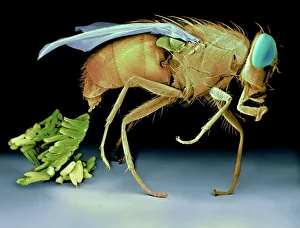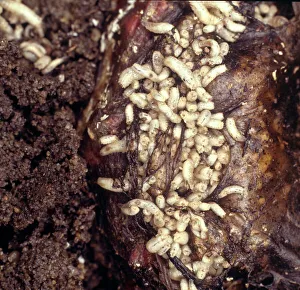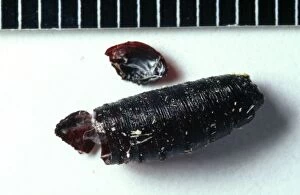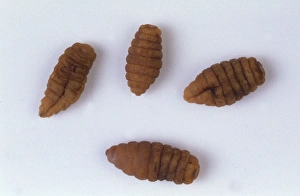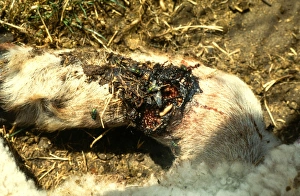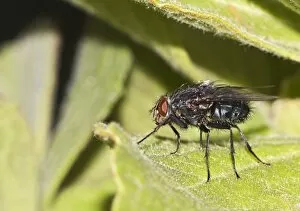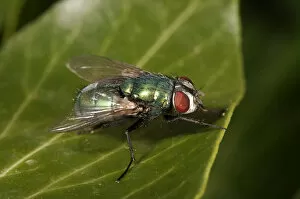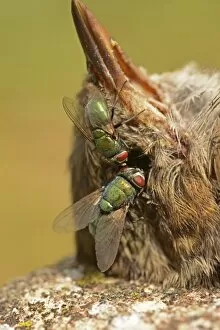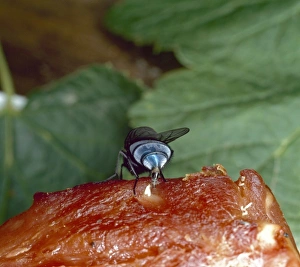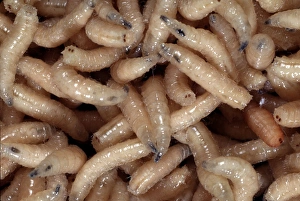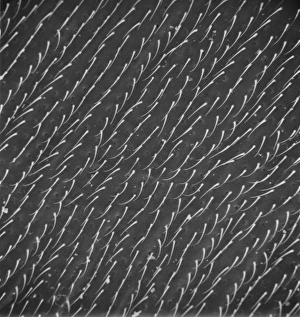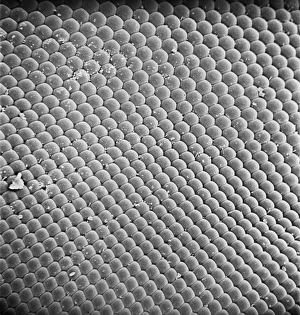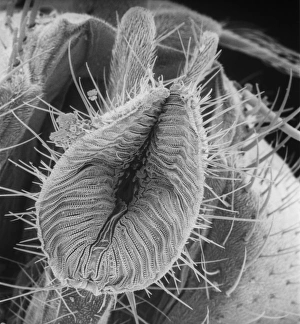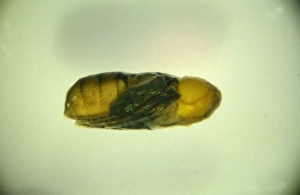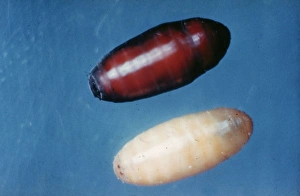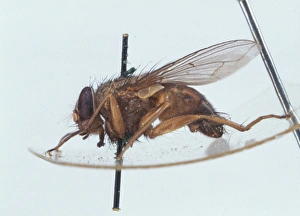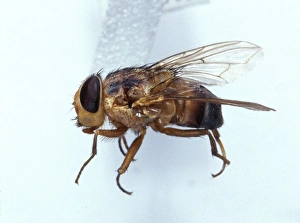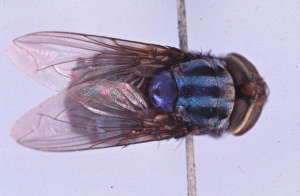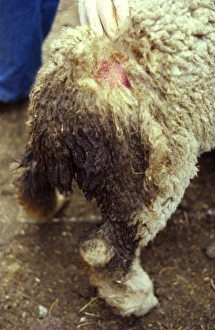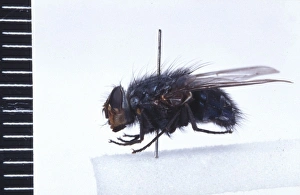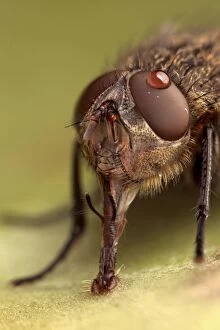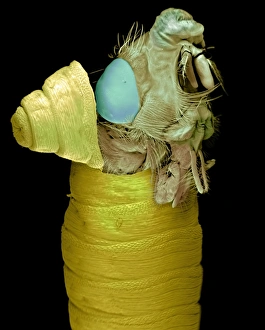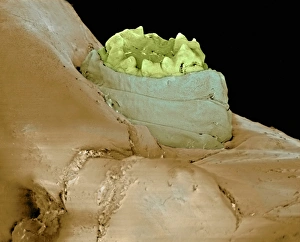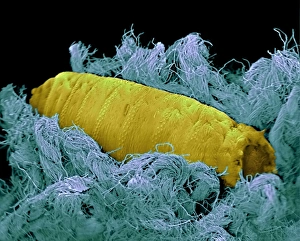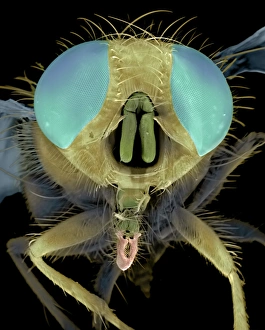Blow Fly Collection
Blow flies, also known as carrion flies or bluebottles, are fascinating insects that play a crucial role in the decomposition process
All Professionally Made to Order for Quick Shipping
Blow flies, also known as carrion flies or bluebottles, are fascinating insects that play a crucial role in the decomposition process. These flies are commonly found laying their eggs on decaying organic matter, such as dead animals or rotting plants. One of the most intriguing aspects of blow flies is their life cycle. After mating, the female blowfly lays her eggs directly on the decomposing material. These tiny white eggs eventually hatch into larvae, which are often referred to as maggots. The maggots feed voraciously on the decaying matter and grow rapidly. Different species of blow flies have distinct characteristics. For instance, Wohlfahrtia magnifica is known for infesting wounds in animals and causing severe damage if left untreated. Another species called Cochliomyia hominivorax is notorious for its ability to lay eggs in open wounds of both humans and animals. In some regions like Africa, Cordylobia anthropophaga (also known as tumbu fly) larvae can cause myiasis by burrowing under human skin. This condition can be quite painful and requires medical attention. The development stages of blowflies include pupae formation before they transform into adult flies. The puparium serves as a protective casing during this transformation process. Blowflies come in various colors and sizes depending on the species. An antique illustration showcases their unique features while highlighting their presence throughout history. These resilient creatures can be found all around the world; one photograph captures a Blow-fly from Germany resting on an ivy flower while another shows a Green Bottle Fly trapped in spider silk from England's garden. Flesh Flies (Sarcophaga carnaria), another type within this family, can be seen perched peacefully on leaves during warm summer days in France.

